Nuclear Energy
Nuclear Energy
Primary energy is nuclear energy.
Secondary energy is electricity.
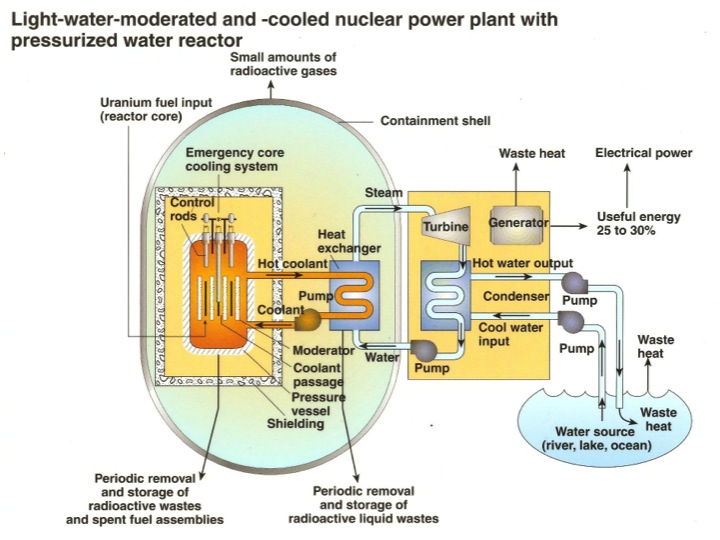
Nuclear reactors use the now familiar Rankine cycle of expanding steam to spin a turbine where the heat source is from the energy released during fission.
Fusion vs Fission
- Fusion joins atomic nuclei
- Sun is a fusion reaction
- Fission splits atomic nuclei
- Nuclear energy is (currently) a fission reaction
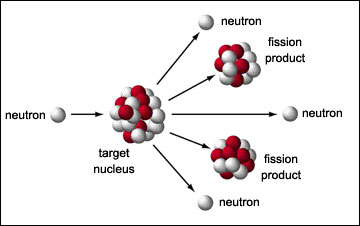
Chemical vs Nuclear Energy Levels
- Chemical energy comes from the rearrangement of electrons surrounding atoms
- Nuclear energy is from rearrangement of the nuclei of atoms
- The very high binding energy in the nucleus allows for small amounts of fuel to release large amounts of energy
- 3 million times more electricity per kg than coal
Nuclear energy
- Nuclear energy used for electricity
- Very similar to fossil fuel plants
Uranium Mining
Uranium ore is mined, processed into metal, and formed into fuel rods.
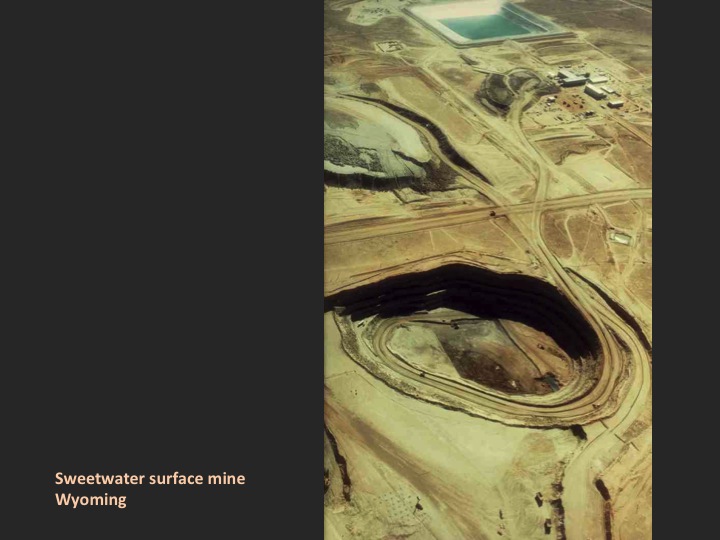
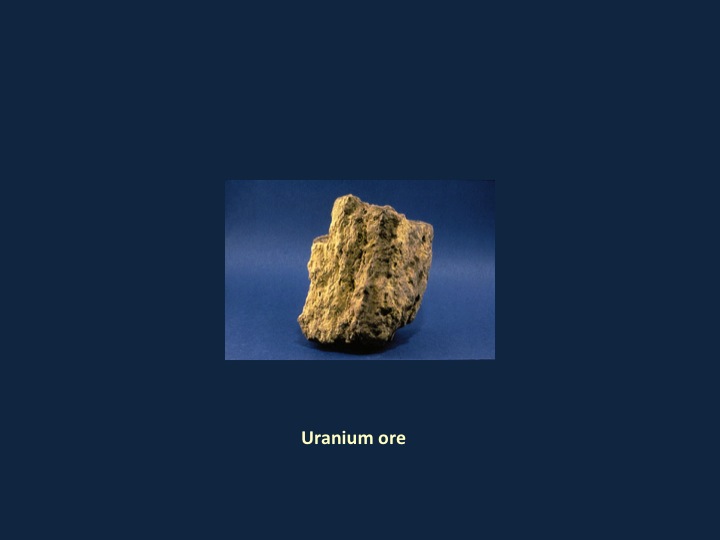
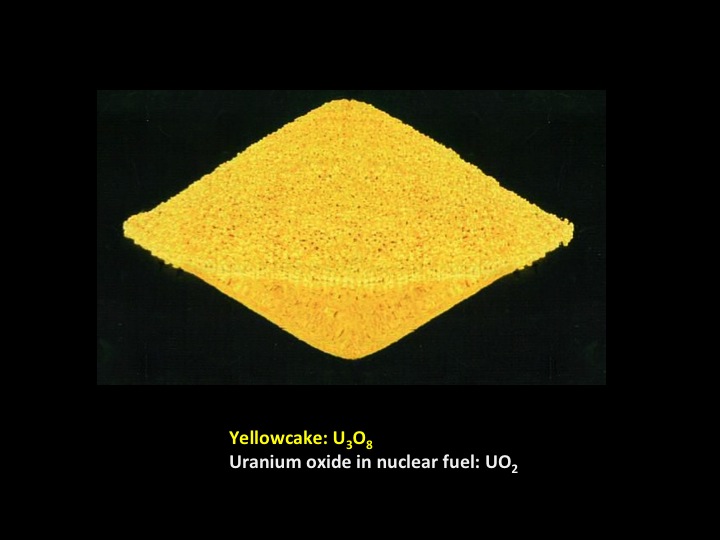


Techno-economic Perspectives

Nuclear Installed Capacity
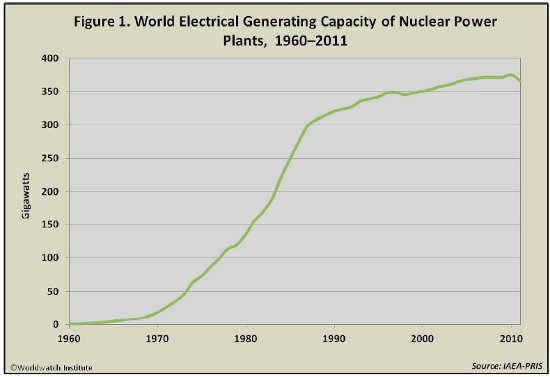
Nuclear energy is mainly used for electricity.

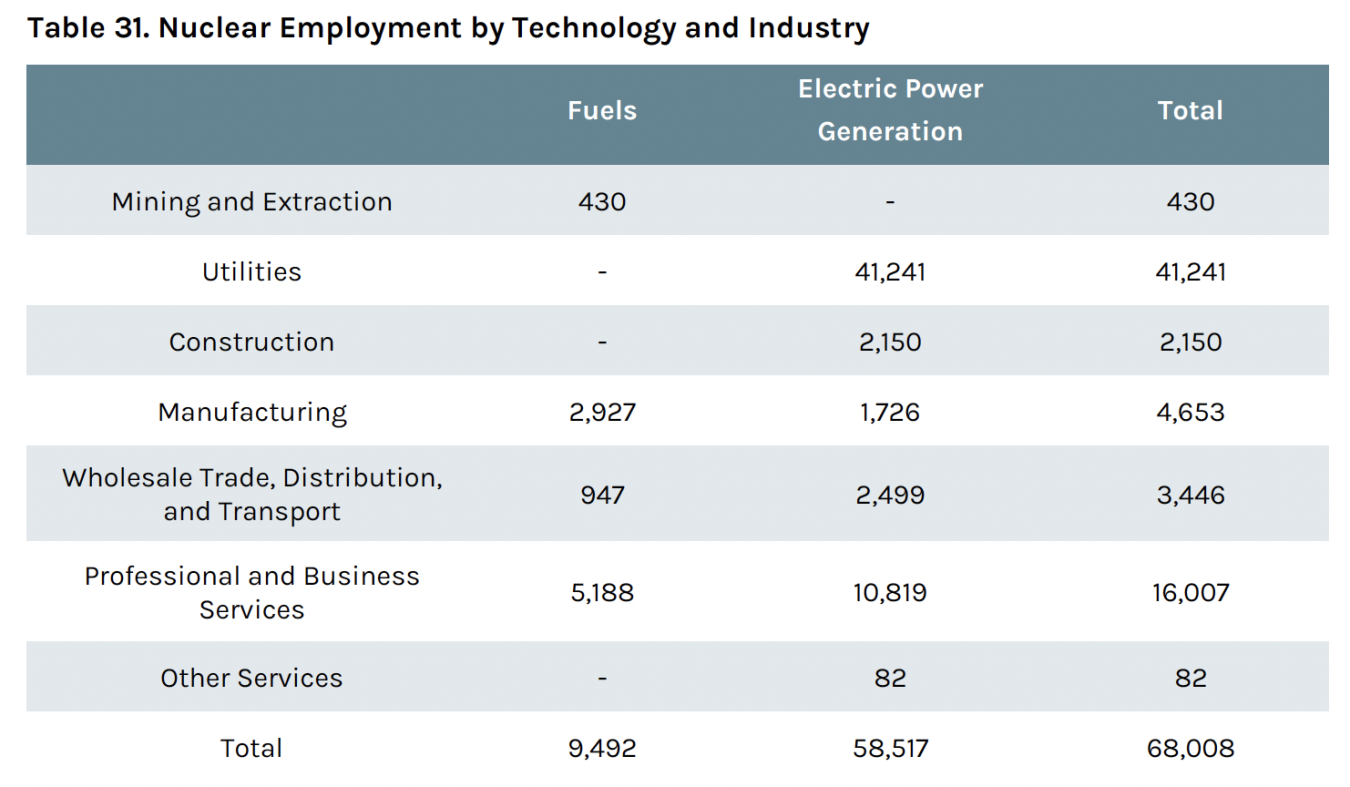
Environmental Perspectives
Nuclear energy creates both radioactive and toxic wastes.
- Mining wastes
- Accidents
- Inhalation zone 10 mi
- Ingestion zone 50 mi
There are also potential ecological impacts from cooling
- Cooling towers require a source of cool water and also use evaporation for cooling
- Once-through cooling brings in large volumes of water which can affect ecosystems
Socio-Technical Perspectives
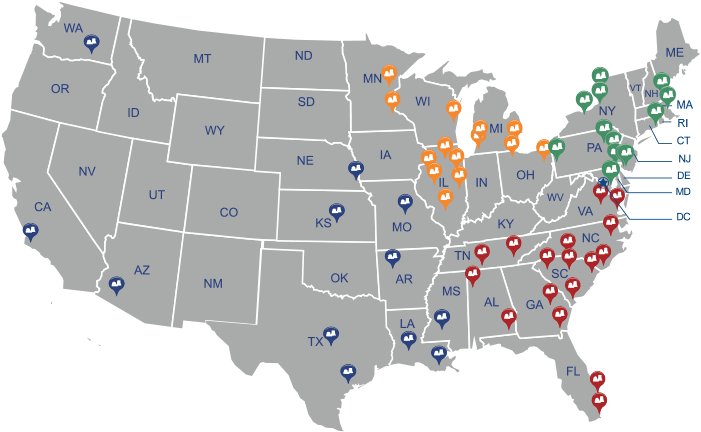
We have policies to cover the potentially large costs of nuclear accidents and decommissioning.
Price-Anderson Nuclear Industries Indemnity Act
- Private insurance insufficient
- Companies pay into a large fund
- In the event of an accident beyond what private insurance pays, fund used
Nuclear Decommissioning Trust Fund
- Decommissioning costs can be large
- Over the lifetime of the plant, ratepayers pay into this fund
- At the end of life, the fund is used for cleanup costs
San Onofre
- Decommissioning fund didn’t cover lost profits
Bodega Hole in the Head
- There was a nuclear plant
- A deep pond exists at the proposed site
Fuel Storage
- Used nuclear fuel remains radioactive for thousands of years
- On-site capacity is running out in some plants
- Proposed nuclear waste storage at Yucca Mountain is not going forward
Electricity Death Rates
\textrm{Death Rate} = \frac {\textrm{Number of Deaths}} {\textrm{Electrical Energy Delivered}}
Electricity Death Rates
| Source | Deaths per TWh |
|---|---|
| Coal | 161 |
| Solar | 0.44 |
| Nuclear | 0.04 |
Public perceptions do not match these rates.
Source: nextbigfuture.com based on WHO data
Water Fuel Storage
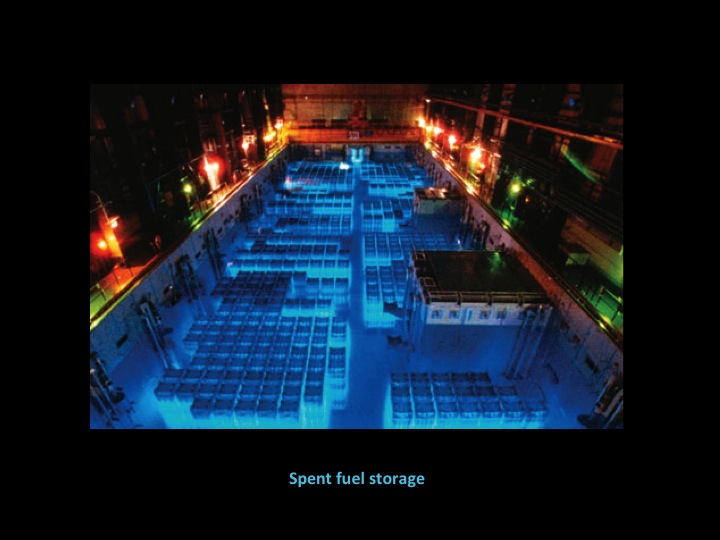
Above Ground Fuel Storage

References
https://www.science.org/content/article/uranium-mine-may-pose-threat-grand-canyon-drinking-water
https://pmc.ncbi.nlm.nih.gov/articles/PMC3222290/